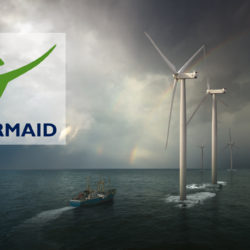Time series variability blog
How do different aspects of the input metocean data affect Mermaid results?
There are a range of sources of variability when it comes to putting together a Mermaid analysis, and they can all affect the output statistics to various degrees. It could be subtle changes such as weather thresholds, task durations or the level of suspendability; or more strategic changes such as vessel and port choice. But that’s what Mermaid is designed for, for you to be able to tweak and optimise your operation to minimise the weather risk. Read more >



